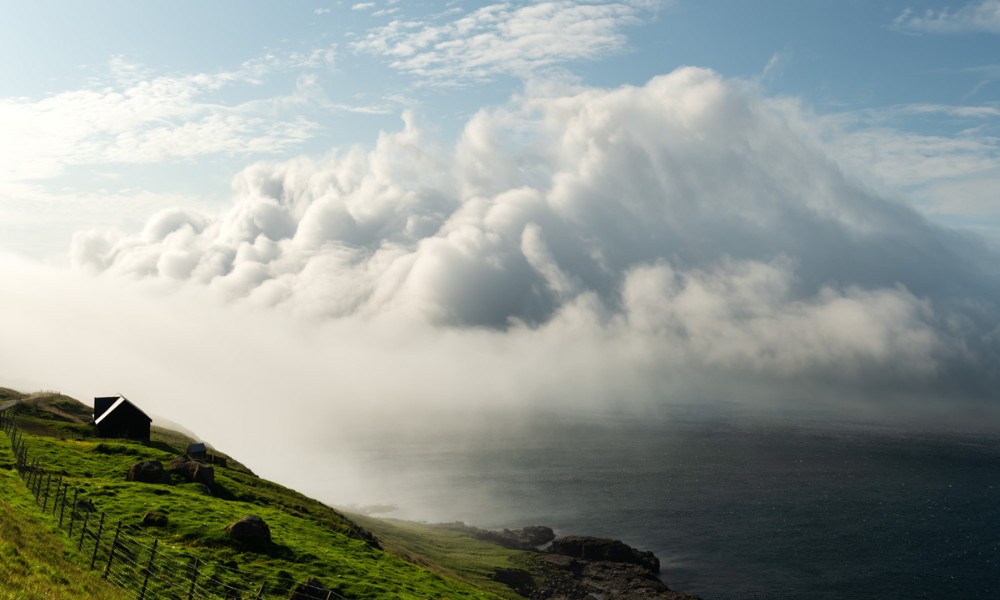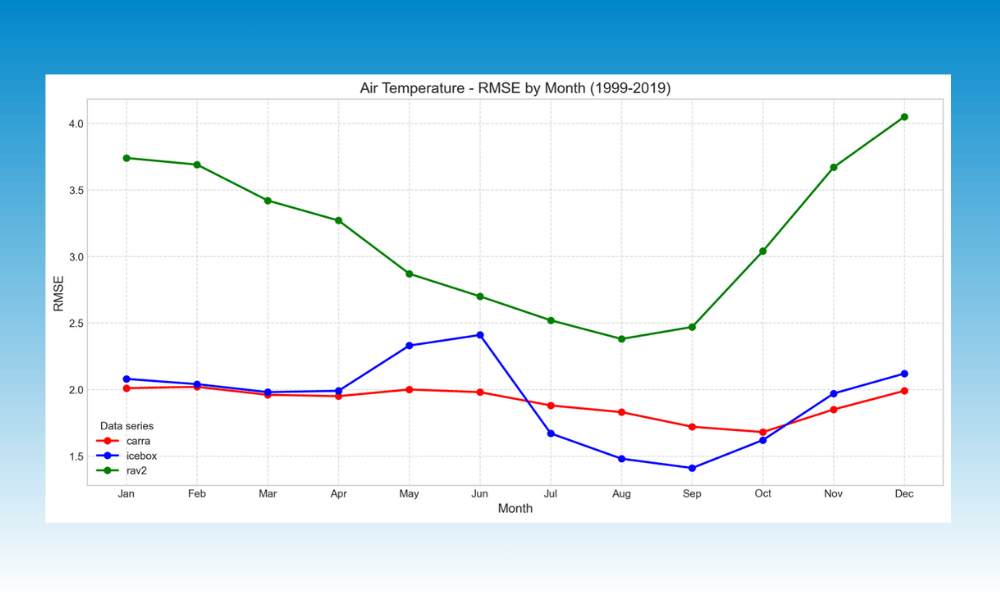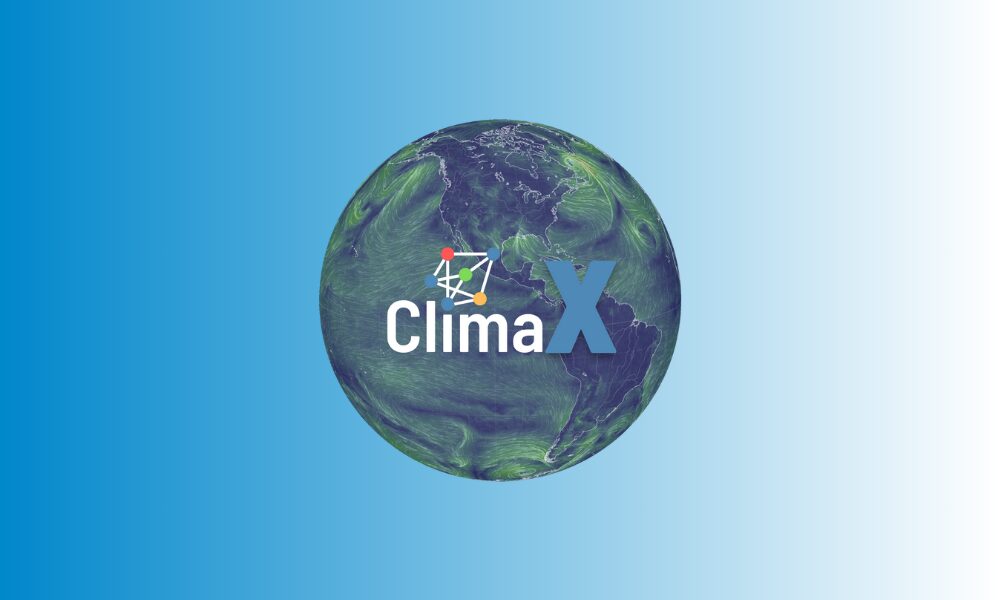By Ólafur Rögnvaldsson
As model resolution is increased, processes governed by the interaction of the large scale flow and the terrain become better resolved by the model. This is of particular importance for wind farms located in complex topography or in the vicinity of water bodies and/or varying vegetation.
For even greater optimization and increased accuracy, the Belgingur forecasting system allows for the improvement of local wind forecasts by the use of remote sensing profiles, and/or in situ weather measurements from masts or UASs.
Over five hundred wind and solar farms in Brazil, with installed capacity exceeding 13 GWs, use the combined solutions of Belgingur and Tempo OK to maximise energy production and minimise maintenance linked downtime. Among these are some of the largest energy companies in the world such as Enel Green Power, CGN Brazil Energy, and Neoenergia.
Belgingur and Tempo OK are not only serving producers of renewable energy, but also energy traders. Over seventy companies now trust us for providing services to help them excel on this challenging market, among them five of the largest trading companies in Brazil.
As part of the solution suite we offer are highly intuitive and customisable dashboards, providing a novel platform for O&M support, performance estimates and energy production forecasts. Every day our experts provide a wide variety of support for meteorological risk management and assistance for strategic decision making. Our customers know that we are continuously working on new innovative solutions aimed at making their work more productive and reliable.
As a proof of this excellency and dedication to R&D, Belgingur and Tempo OK were recently granted the task of co-developing the future forecast model for Brazil for solar generated electricity. The model will be used by the governmental entity ONS, the National Electric System Operator, to ensure optimal distribution of electricity in Brazil.




